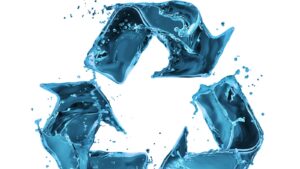A water distribution system is an important part of the Australian water supply network. Due to the complexity of the distribution processes and the heavy infrastructure build, this industry encounters various challenges in day-to-day operations. In order to bring the best quality water to the end users, Australian authorities have started opting for innovative and advanced methods utilising technology like ‘Predictive and Prescriptive Analytics’.
This article will help you to understand the true essence of ‘Predictive and Prescriptive Analytics’ and its employment in the water distribution systems in Australia.
What are Predictive and Prescriptive Analytics?
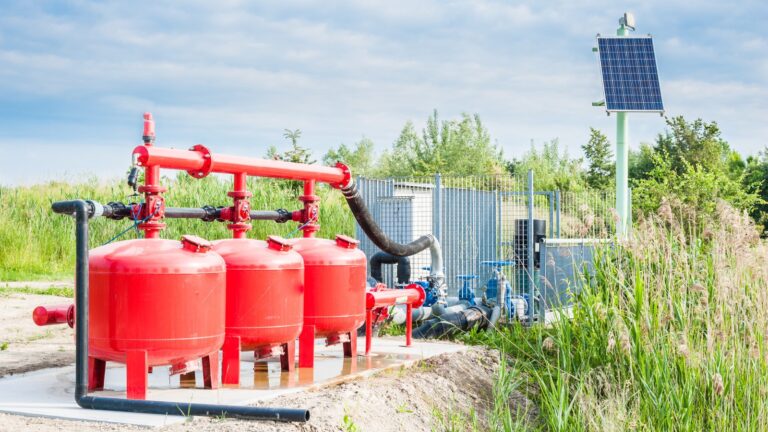
As it is commonly known, Predictive and prescriptive analytics are essential parts of ‘Data Analytics’ technology. Though they are the branches of the same solution, they cover totally different ends. Let us guide you to gain more knowledge on this. Simply put. Predictive analytics aids in identifying prospective outcomes, while prescriptive analytics explores those possibilities and uncovers more possibilities. If further explained for your convenience, Predictive analytics predicts upcoming occurrences based on their probability. Prescriptive analytics makes suggestions for actions you need to take to shape those results. Yes, it is quite evident that both analytics types can help any business get ahead of the curve.
So, let us explain the mechanism behind these two technologies. Predictive analytics employs raw, fresh information to look into the future by employing mining data, historical data, and statistics. Prescriptive analytics uses a more technologically advanced approach in order to delve further into the prospective future outcome deploying some complex mathematical algorithms, artificial intelligence (AI), and machine learning (ML).
Main Challenges in Water Distribution Systems
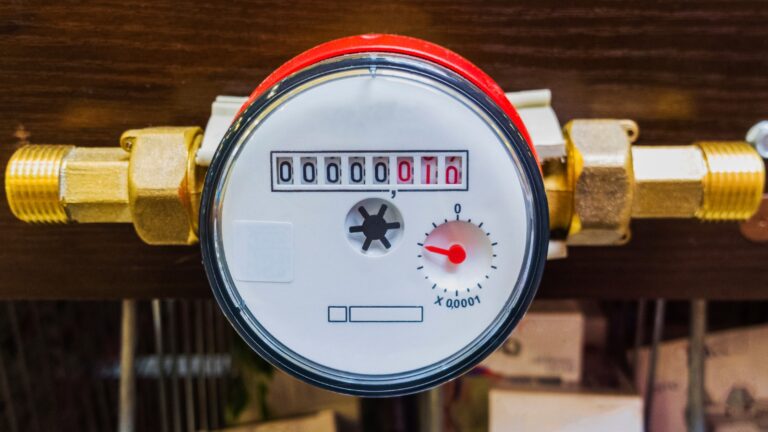
Ageing Infrastructure
Ageing infrastructure is undoubtedly a significant challenge in water distribution systems worldwide. Many systems have surpassed their intended lifespan, resulting in higher maintenance costs, water losses from leaks, and an elevated risk of system failures. Replacing and upgrading these deteriorating assets is quite challenging for water management parties.
The importance of modernisation is made evident by the fact that outdated infrastructure not only puts an additional strain on finances and resources but also threatens the consistency and quality of water supply. This highlights the necessity for proactive investments and measures to maintain a robust and effective water distribution network.
Damage from Containment
These vital structures, such as reservoirs and tanks, can deteriorate due to various factors, including environmental wear and tear, seismic activity, or even intentional damage. There can be severe consequences if structures are breached. Water quality issues might put people at risk for health problems, while supply chain problems could cause shortages. Repairing or replacing these structures is costly and time-consuming, often necessitating system shutdowns.
This is why safeguarding and maintaining these assets from toxic conditions is imperative to ensure a reliable and safe water distribution system, underscoring the need for proactive monitoring, maintenance, and risk mitigation measures.
Managing Energy Consumption
Effectively managing energy consumption is another central challenge in modern water distribution systems. These systems are energy-intensive, with pumps, treatment facilities, and distribution processes demanding significant power. Balancing the need for a reliable water supply with a focus on reducing energy consumption is what is important for sustainability and cost-efficiency. Challenges arise from the inherent variability in water demand, demanding flexible energy use and optimisation.
Another thing is that a move toward energy-efficient technology and the use of renewable energy is necessary considering this growing emphasis on environmental sustainability. Authorities must use smart grid technology, real-time monitoring, and demand response tactics to successfully solve the complex, ever-evolving challenge of striking the correct balance between preserving service dependability and lowering energy costs.
How to Utilise Predictive and Prescriptive Analytics in Water Distribution Operations
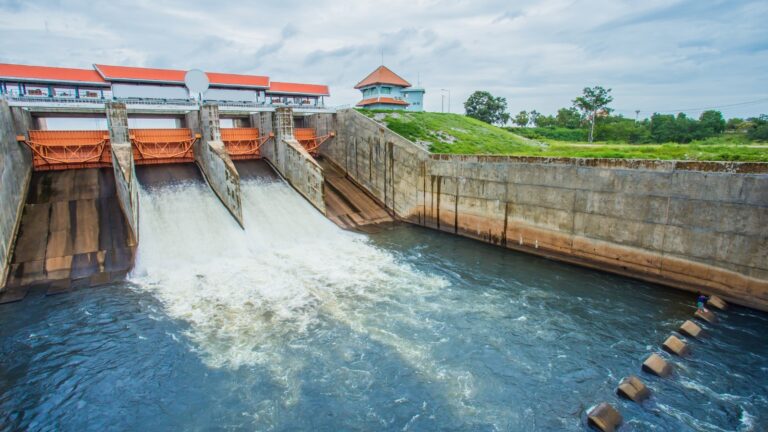
Leak Detection and Prevention
Predictive and prescriptive analytics play a major role in enhancing leak detection and prevention within water distribution operations. Predictive analytics harness historical and real-time data to identify potential leaks by analysing anomalies in flow rates, pressure, or acoustic signals in the distribution network. This proactive approach allows utilities to pinpoint issues before they occur, reducing water loss and infrastructure damage.
On the other hand, Prescriptive analytics takes it a step further by recommending specific actions, such as isolating affected segments or adjusting pressure, based on predictive insights. Together, these analytical tools enable water utilities to not only identify leaks early but also prescribe timely, cost-effective solutions. Ultimately this becomes the way to improve system efficiency, conserve water resources, and reduce operational costs as a result.
Demand Forecasting
It is evident that Predictive analytics utilise historical consumption data, weather patterns, population trends, and various other factors to anticipate water demand accurately. This allows responsible parties to proactively adjust supply and distribution plans accordingly. This act ensures a reliable water supply while minimising wastage too.
When it comes to prescriptive analytics it is a bit more advanced as we mentioned before, it recommends specific actions to meet this demand efficiently, such as adjusting pumping schedules or managing storage. When the water distribution authorities employ these analytics, they can enhance resource allocation while reducing energy consumption in the first place. This is the best way to mitigate the risk of shortages or overages, ultimately improving system efficiency.
Asset Maintenance
As the initial point, predictive analytics leverage historical data and sensor information to forecast when distribution system assets, such as pipes, pumps, and valves, are likely to fail or require maintenance. This strategic approach minimises downtime for sure. However, the power of the technology goes beyond that as it enhances asset lifespan, and reduces operational costs.
As the next step prescriptive analytics takes care of the advanced stages such as scheduling repairs or replacements based on predicted asset conditions. When combining predictive and prescriptive analytics, the authorities can efficiently allocate resources while putting more emphasis on maintenance tasks. This helps in extending the lifespan of critical infrastructure. This ultimately ensures the reliability and longevity of the distribution network while optimising expenditure and minimising service disruptions.
Water Quality Monitoring
Water quality monitoring is a necessity for asset maintenance in water distribution operations. It is highly essential to continuously monitor parameters such as turbidity, pH, chlorine levels, and microbial content when maintaining water quality up to the expected standards. For that, the operators need to identify issues within the distribution system in the first place.
Anomalies in water quality data can serve as early indicators of problems, such as pipe corrosion, contamination, or breaches in storage facilities. This enables utilities to take timely corrective actions to prevent asset degradation and maintain the integrity of the system. Predictive and prescriptive analytics make the procedure easy for water quality checkers as they can spot any anomalies in the water and suggest some proactive measures to be taken in advance to prevent those issues.
Pressure Management
Maintaining optimal pressure levels within the distribution system is not only vital for ensuring efficient water delivery but also for protecting the integrity of critical assets. It is common knowledge that excessive pressure can lead to pipe bursts and other infrastructure failures, necessitating costly repairs. Conversely, low pressure can reduce the effectiveness of the system and create water quality issues.
This analytical technology and its capability to real-time monitoring of pressure levels enable utilities to identify potential problems, such as pressure anomalies, and take proactive measures. If the authorities are able to effectively manage pressure, extending the lifespan of their assets is no more a burden. This strategy helps in reducing maintenance costs and ensuring a reliable and consistent supply of water to the general public.
Embarking on a Successful Business Venture with New Technology
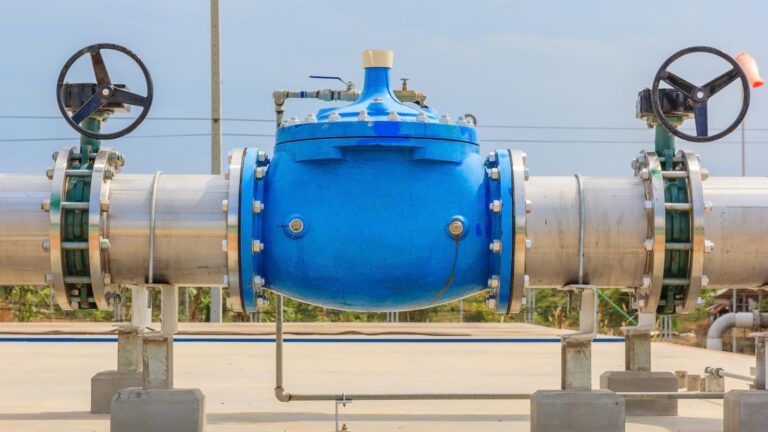
A successful business venture is not something that is made out of burdens and challenges. These are common for any industry. However, the ones who handle these challenges strategically win in the end. Technology is one such strategic approach to finding the answers to all your problems in the business world. The only thing is you need to know how to select the best tool that suits your needs.




